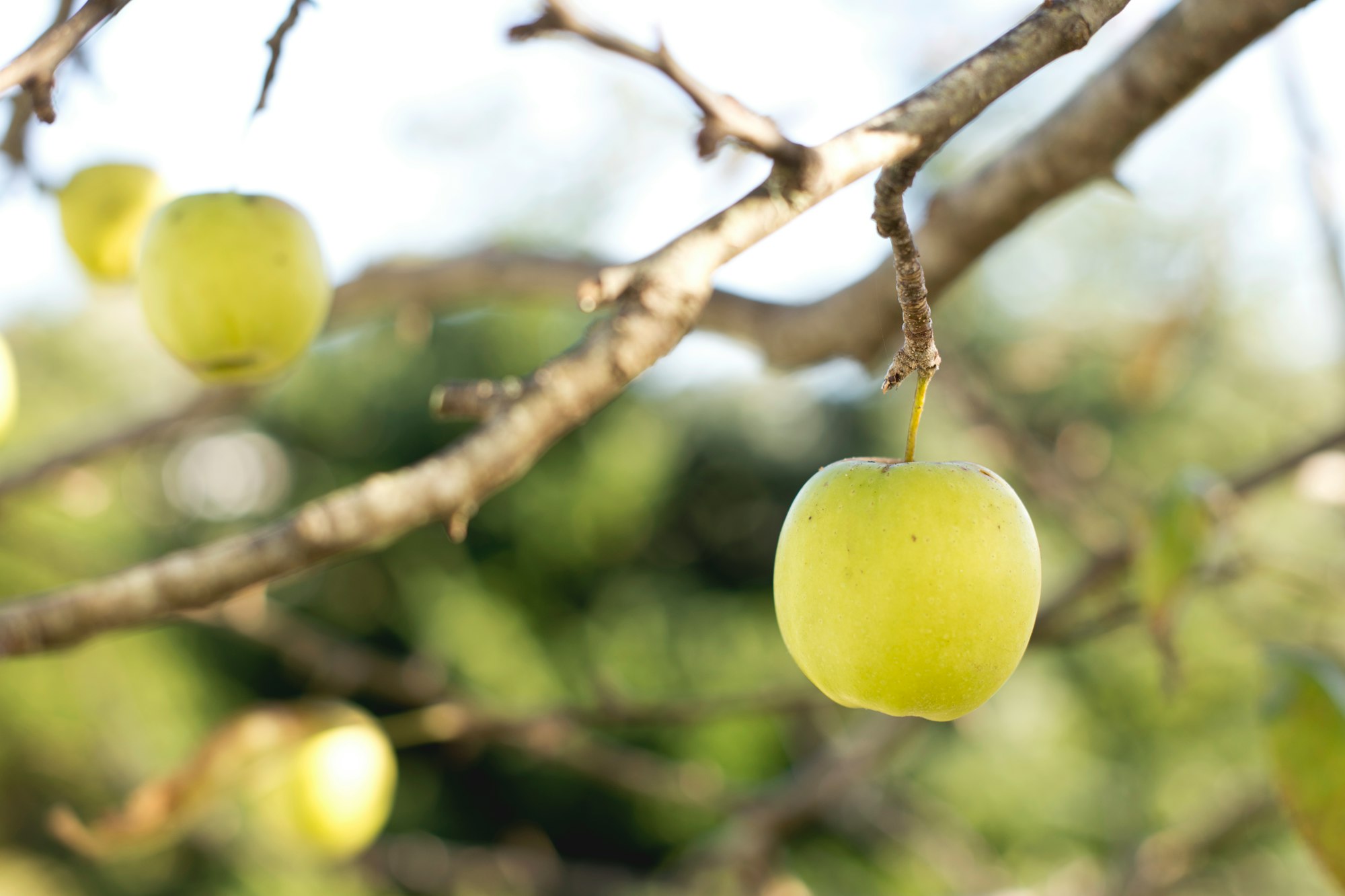The future of Australian Agroecology AgTech.

Take a snapshot look at the future of Agroecology AgTech in Australia.
By the year 2050 Agriculture needs to produce 70% more than current production rates to meet global food needs, oh and we need to do all that sustainably.
As a community, we are now starting to see that Agrichemicals and ever more intensive farming will not feed the world.
It is a very sobering thought, although for Australian agroecologists it provides an excellent opportunity to prosper as the market and consumers are looking for solutions that both provide for higher production rates and meet growing sustainability requirements.
Agriculture is predicted to become Australia’s next $100bn industry by 2030.
It is predicted that the growing middle class of China and India will consume both a greater amount and greater variety of food. Australia has an established brand and strong trade relationships with this emerging market. 4 This economic environment can provide a great opportunity for both agroecologists and sustainable AgTech to be a major component to the solution to local and global food security.
As sustainable producers in an evidently changing world, it is important for us to keep an eye on the future as much as we keep our feet on the ground. Making a prediction about the future of AgTech in any specific way is always a dubious exercise, despite that, there are a few clues in what is happening now that can give us an idea of what could happen and what the challenges and opportunities are.
Sustainable AgTech
There is a lot of excitement in this sector and we are starting to see an explosion of AgTech companies adapting existing technology and creating new technological solutions. Many of these people are coming from outside the agricultural industry seeking new opportunities in what they identify as growing problem of food production and food security.
The companies that are producing and adapting technology who are from within the agriculture producers sectors are mostly conventional farmers and we are seeing there is little movement from sustainable production models.
It is not as if there is not yet an incentive to engage in this sector. The Australian government are making a $1.1 billion dollar investment in innovation over 24 initiatives and 4 years through their National Innovation and Science Agenda.
Significant changes have also been made to legislation that allows for a broader variety of funding options including crowdfunding and help reduce the risk to investors in Australian Startups.
The government are not the only one investing in innovation. SproutX a dedicated AgTech Co-working Space based in Melbourne is offering among other things their SproutX Accelerator program which includes 6 months of access to their Co-working space and funding from some of the largest AgTech Venture capital funds.
Problems for Sustainable AgTech
Sustainable AgTech faces a large challenge in the automation process as it has mostly been based on the structured format of unsustainable conventional farming and hyper intensive processes such as hydroponics and nutrient film techniques. It is difficult to automate areas that have been intercropped for the past generations of robots and automated processes.
In simple terms, the complex ecology of plants has been too difficult for robots to understand and to move around in so at this stage the harvesting and planting process has to be done manually.
In Australia securing a manual harvesting labour force has been an ongoing challenge due to the mostly seasonal nature of harvests. While this has been greatly helped by WWooFing Programs and the Australian Governments Working Holiday Second Visa.
Sustainable AgTech faces a large challenge in the automation process as it has mostly been based on the structured format of unsustainable conventional farming and hyper intensive processes such as hydroponics and nutrient film techniques. It is difficult to automate areas that have been intercropped for the past generations of robots and automated processes.
In simple terms, the complex ecology of plants has been too difficult for robots to understand and to move around in so at this stage the harvesting and planting process has to be done manually.
In Australia securing a manual harvest labour force has been an ongoing challenge due to the mostly seasonal nature of harvests. While this has been greatly helped by WWooFing Programs and the Australian Governments Working Holiday Second Visa.
Opportunities for Sustainable AgTech
With each problem comes an opportunity in the form of a market to solves that problem.
Growing consumer demand for sustainable, ethical food and materials provides a great opportunity for creating sustainable AgTech products and services. While now a niche product market they will become the major players in the next 15 to 20 years.
There is a growing social movement of programmers, engineers, marketers and business people making a movement from the 9–5 city life to small to medium-sized sustainable farming who are positioned to be leaders in this sector. Tree-changers are continuing to work remotely while still maintaining their farming operations as part of creating a more balanced lifestyle of brain and body.
We now have a growing knowledge base of technological skilled people building a cross-sector knowledge base in sustainable farming. As a society, we are very lucky that this cross-sector of knowledge exists and is naturally growing as it provides a speciality skill-set to build a sustainable Agtech sector.
Some of the major opportunities exist in;
- Robotics that can move over complex terrain in an Agroecology environment without causing environmental issues.
- Machine Learning, Deep Learning and Artificial Intelligence that are used in the identification of species, tracking their health and improving our ecological understanding.
- Material and Food tracking and transparency from before planting to consumer providing better information to consumers on the life of their food.
- Artificial Intelligence to manage localised production and aggregate delivery to retailers and consumers.
- Environmentally and financially sustainable robotics design, production and maintenance systems.
- Integrated software to plan and manage Agroecology Farming operations as well as Agtech measurements and tasking.
As global citizens we face major problems from both a food and material security basis, as Agroecologists we are equipped with the skills and knowledge base to be leaders in solving them.

